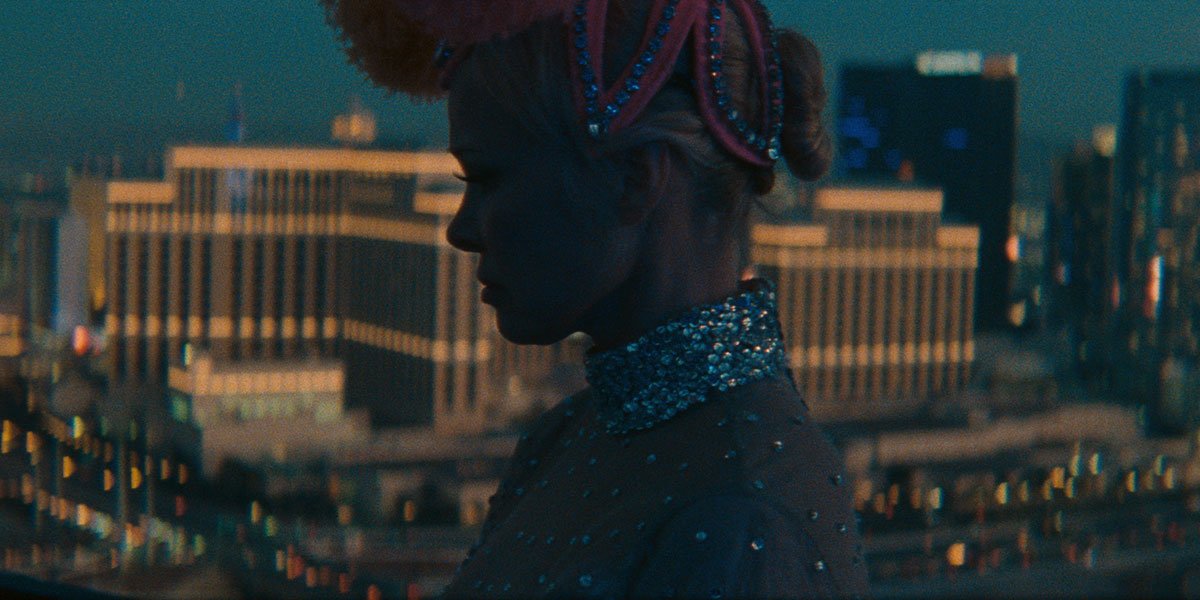
The Last Showgirl is Pamela Anderson centerstage moment
by Kathia Woods
In Gia Coppola's "The Last Showgirl," Pamela Anderson delivers a career-defining performance as Shelley, a veteran Las Vegas showgirl. The film, which premiered at the Toronto International Film Festival to thunderous applause, also features an ensemble cast that includes Jaime Lee Curtis, Brenda Song, Kiernan Shipka, and Billie Lourd.
Shelley has been the centerpiece of Sin City's final traditional floor show for over three decades, surrounded by an adoring and argumentative family of fellow showgirls. However, Shelley and her coworkers face their uncertain futures when stage manager Eddie (Dave Bautista) announces the show's permanent closure in two weeks. At 50 years old, with dancing as their only work skill, the path forward seems vastly different from when they were 20.
Shelley, who is emotionally distraught, attempts to reconcile with a daughter she hardly knows, which proves to be as tough as losing her only job. Shelley, aided by her best friend Annette (Jamie Lee Curtis), a brazen cocktail server who laughs a little too loudly and too frequently, must find her place in a world she left behind years ago.
The story of these women is what gives the film its emotional power, not the cinematography. Many have lost contact with their birth families, but they have found a new family through their surrogate. The film delves into the harsher societal judgment of women as they age, especially when they prioritize their aspirations over having children. In the unforgiving world of show girls, beauty becomes a valuable commodity that surpasses experience, making it increasingly difficult for older women to succeed. The Last Showgirl evokes the nostalgia of Las Vegas, where the city itself becomes an integral character. Ethereal showgirls, as captivating as the superstars themselves, supported extravagant shows featuring Hollywood legends and decadence in an era that transformed the essence of "The Paris of America." Corporations and overly produced shows have replaced the glamour of the past. Seniors seeking entertainment at the slot machines have replaced the once elegant gown-wearing attendees for an evening out. Shelley embodies this nostalgia, symbolizing a time where showgirls were the supermodels of the strip.
For most of her career, Anderson, who can relate to Shelley's character, has only been able to play sexy blonde roles. This film finally allows her to showcase her full range of talents. It is as if Anderson had to shed her real-life persona to allow the actress within her to shine.


